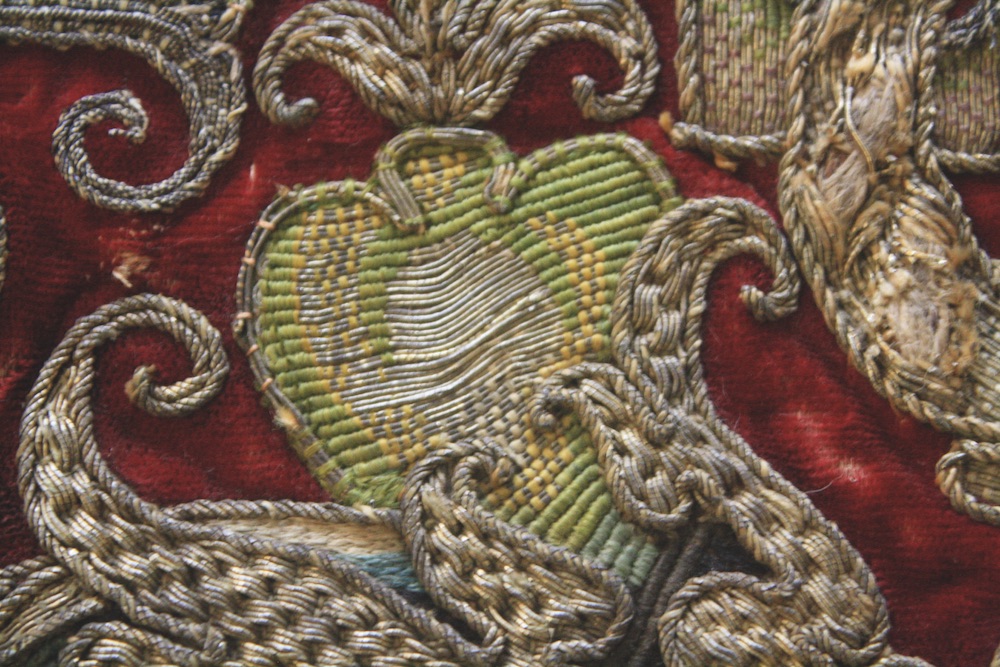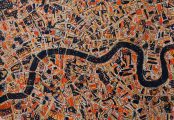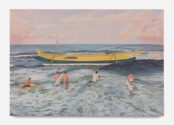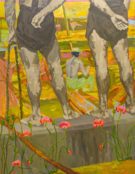Maya Stanfield-Mazzi’s exhaustive study of the textile industry of early Spanish America is a detailed analysis of the transformative impact western Catholicism had on the colonised indigenous people of the region. The process is explored in her book through the media of fabric and the symbiotic relationship the people of South America had with their Spanish colonisers, often expressed in the beautiful works of shared imagery bequeathed to history.
The book begins at the height of colonialism and the birth of transnational trade, where textiles became the desired commodity and the prime medium of exchange within the newly forming power structures of the ‘New Spain’. The church stood at the centre of this vast trading network, reimagining the role cloth plays in terms of value, becoming the ‘single most important material and visual feature of Catholic church interiors in Spanish America’.
One can see from the dazzling beauty of the colour plates how both the Spanish and the Indigenous people shared a spiritual reverence and historical relevance to the production of cloth. Stanfield-Mazzi’s work shows the skills of the Indigenous craftspeople in examples of tapestry stretching back 2,000 years to ancient funerary rites and the shrouds used to wrap the dead. She demonstrates how this inter-generational knowledge was commodified by a people faced with a new enforced Spanish culture and how the colonisers exploited this to produce exotic works that were desirable to the newly formed trading networks stretching to China and the East.
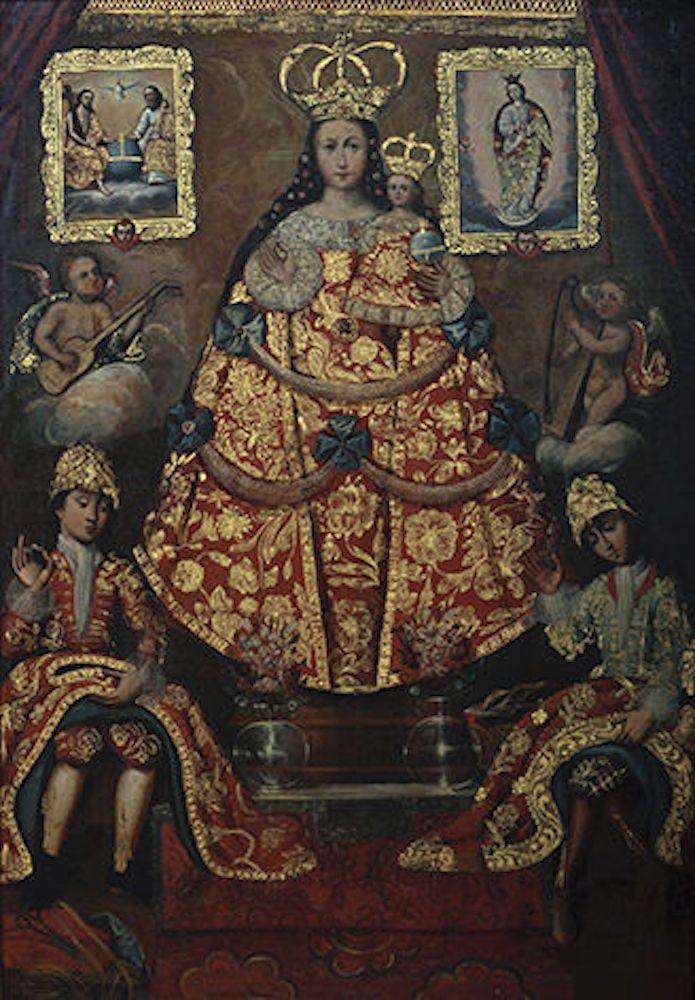
It is from this developed and sophisticated textile heritage a salient point of admiration arose, which provided an intersectionality of cultures within the garment industry, allowing a space for the coloniser and the colonised to find a common ground. This in turn gave agency to the Indigenous people who were able to express their identity through the spinning, weaving and dyeing of the cloth, often incorporating native techniques to produce hybrid pieces of religious apparel. Indigenous motifs are woven into the design of recognisable Christian symbols in a synthesis of the normative and the exotic that represents the alienable otherness of the new world. It is through this work one can begin to appreciate the imprinting of a new identity and culture on the native peoples.
The fascinating transaction that Stanfield unpacks is no more richly observed than in the interplay between the import of the silkworm to South America and the export of cochineal to Spain, invigorating and transforming the industries of both continents. This nexus of creative religiosity is personified in the piece The Virgin Mary as Patroness of Tailors, a wonderfully evocative image showing artisan craftspeople at Mary’s feet whilst she, adorned in the finest silken threads, looks on adoringly.
This impeccably researched work is essential reading for examining how a culture responds to the dominating hand of the oppressive upheaval of colonialism, and how a people assimilate their spirituality, craftsmanship and practices into a new value system in a bid to keep a sense of culture and identity.
Clothing the New World Church: Liturgical Textiles of Spanish America, 1520 – 1820 will be published by University of Notre Dame Press on 15 February.
Featured image: Dalmatic with Skulls and Crossbones. Courtesy of Museo Pedro de Osma, Lima.
I write short stories and poetry alongside studying religion and anthropology at the University of Manchester. My story “Girl’s World” was in the highly recommended list for the Manchester Fiction prize 2019.

